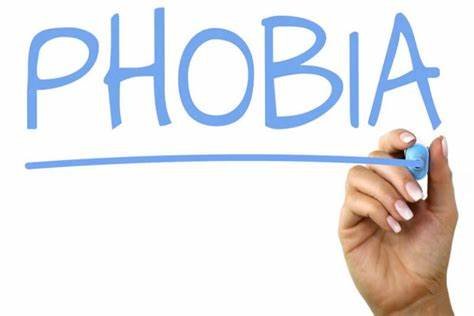Depending on the profession, medicine, psychiatry, social work, peer work, there is a dual relationship. The worker and the person being worked on.’ The binary opposition is bound up in language, power, and illusion, to name a few. The critical piece of the relationship is the directionality of the energy, language, and charisma manifested through illusion.
I will pass through each of these aspects of the binary to unravel its form and reveal it to the public for further examination. Directionality means that there is a course heading. For power, in terms of the worker and working on binary, management has a direction.
There is a movement, and that energy is flowing back and forth between the work and the worked on. Depending on what is happening and the work being done, this energy moves in various directions to achieve specific aims. The worker and the worked on – each has some influence over this energy. Instead, they control, to an extent, the flow of power.
The worker, of course, is privileged here. In most cases, the worker and situations in the human services and helping professions have more pull and influence over the energy’s ebb and flow. Now, let’s contextualize energy in terms of this dual relationship. What do I mean by power?
Energy use in human services can be as concrete as a clinical intervention, a type of therapy, and a medical treatment. In cases like these, the medical professional, the worker, certainly has more say over the course and direction the energy moves in during treatment, right? You don’t tell the doctor how to diagnose; they do it by their right and on their terms.
Power can be a conversation held in a mental health seminar, and the energy will move in directions from the students learning and asking questions to the professor lecturing. As I said, power in this context is both abstract and concrete. It has a course heading and direction to its ebb and flow. The worker and worker invariably use language to communicate with each other. The worker typically has privilege here too.
Doctors, social workers, therapists all celebrate the use of a specialized technical language. This language, and instruments bound up in this technical-speak, are used during mental health treatment. The worker knows how to access this language.
They also know how to mobilize it to achieve various aims depending on the clinical picture and intervention. The work merely is the object of the language. The worker listens, processes, but usually doesn’t push back and revise the language used or question its meaning. Some folks will do just that, question, protest, and go back on psychiatrists’ orders and the writing in the DSM. But, these technical instruments are legitimized through power.
That power has an ebb and flows to its energy as well. It subsumes the patient and encircles him or her in its grasp, and doesn’t relent until it swallows all doubt of its legitimacy. The illusion is the sum of all these aspects of the binary. The unjustified privileges bound up within it manifest an illusion. The illusion is that all of this, what I’ve just laid out, needs to happen for the dual relationship to remain intact and viable.
For the helping profession to do its work without crossing boundaries and holding a professional standard, working relationships must enter into this binary. The work occupies one side of the binary with an unjustified privilege that cannot be mistaken.
The work needs to take it as common knowledge, and it is what it is the consumption of its truth. That is the mystique. I call it an illusion because it is a false image and a representation that doesn’t fit. It is an interpersonal stop-gap measure that creates the same distance between workers and works that many protest against as unnatural and artificial.
By mystique, I mean a texture to the binary that exists to enable, keep the relationship psych reg intact, and diffuse any possibility of thinking otherwise. Dual relationships exist outside the helping profession as well. We all have multiple layers to us and our interpersonal life.
However, I am convinced that no other discourse is so disjointed than the helping profession when making the binary visible and breaking it down into parts that the public can digest to determine its value to society moving forward. So, do just that, consider what was said here, and determine how you feel about helping and the disconnections that follow suit.
Max E. Guttman is the owner of Mindful Living LCSW, PLLC, a private mental health practice in Yonkers, New York.
- Max E. Guttmanhttps://mentalhealthaffairs.blog/author/max-e-guttman/
- Max E. Guttmanhttps://mentalhealthaffairs.blog/author/max-e-guttman/
- Max E. Guttmanhttps://mentalhealthaffairs.blog/author/max-e-guttman/
- Max E. Guttmanhttps://mentalhealthaffairs.blog/author/max-e-guttman/






